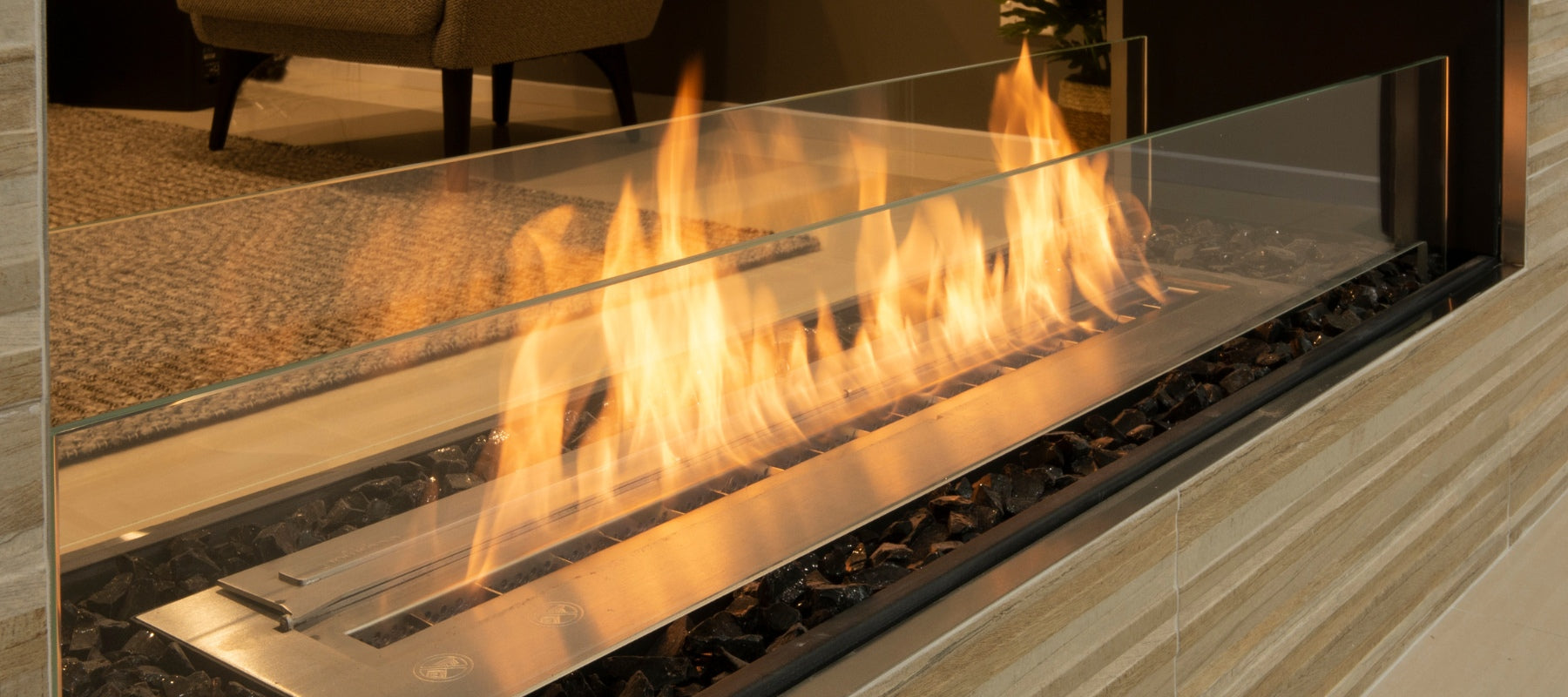
The Ultimate Guide to the Cheapest Fire to Run – Save Money & Stay Cosy!
Ever feel like your heating bill is plotting against you? The cheapest fire to run is a bioethanol fire—no gas lines, no chimney, just clean-burning, cost-effective warmth. But is it right for you? Stick around to uncover hidden costs, energy hacks, and the best way to keep cosy for less!
Finding the Cheapest Fire to Run
Keeping your home warm without burning a hole in your wallet is no small feat. With energy prices soaring, finding a cost-effective fire is more important than ever.
Bioethanol fires are often hailed as a budget-friendly option, but is that the whole story? The real answer depends on fuel efficiency, maintenance, and long-term costs. Let’s break it down and find the best bang-for-your-buck heating solution.
Fuel Cost Comparison (Gas, Electric, Wood, Bioethanol)
Different fires have different running costs, mainly depending on their fuel type. Let’s compare the four most common options:
-
Gas Fires – Generally efficient and often cheaper per unit of heat. However, gas prices fluctuate, making long-term costs unpredictable.
-
Electric Fires – Simple to install and no need for ventilation, but electricity prices can make running costs steep.
-
Wood-Burning Fires – Can be cost-effective if you have access to cheap wood. However, they require a chimney and regular upkeep.
-
Bioethanol Fires – No gas supply, no chimney, and clean-burning. Running costs are moderate, but they have the edge in convenience and installation.
So, which one is really the cheapest to run? Let’s dive deeper.
Cost per Unit of Heat
Here’s how much you’re paying for every unit of heat produced (based on UK averages):
-
Gas: ~5p per kWh – cheaper than electricity but installation costs add up.
-
Electric: ~30p per kWh – most expensive per unit but no extra maintenance costs.
-
Wood: ~8p per kWh – can be affordable, but costs depend on wood availability.
-
Bioethanol: ~10-15p per kWh – slightly more expensive per unit but no hidden costs.
While bioethanol isn't the absolute cheapest per unit, its lack of setup and maintenance fees makes it a strong contender overall.
Maintenance Costs of Different Fire Types
The cost of a fire isn’t just about fuel – maintenance plays a huge role too. Here’s how each type stacks up:
-
Gas Fires: Require an annual servicing (~£60-£100 per year).
-
Electric Fires: Almost maintenance-free – just the occasional dusting.
-
Wood-Burning Fires: Regular chimney sweeping (~£50-£100 per year) and ash removal required.
-
Bioethanol Fires: No chimney, no flue, no major upkeep – just occasional burner cleaning.
If you want hassle-free heating, bioethanol or electric fires are your best bet.
Purchase Price and Installation Costs
Upfront costs vary wildly depending on the type of fire. Let’s break it down:
-
Gas Fire: £300–£1,500, plus installation (£500–£2,000 if a flue is required).
-
Electric Fire: £150–£1,000, with minimal installation (~£50 if mounting is needed).
-
Wood-Burning Stove: £500–£3,000, plus flue/chimney installation (£1,000+).
-
Bioethanol Fire: £100–£1,500, with zero installation costs.
If you’re looking for a fire that won’t demand hefty setup fees, bioethanol wins hands down.
Long-Term Cost Analysis
Now, let’s crunch the numbers and see how much each fire type could cost you over 10 years, including purchase, fuel, and maintenance:
-
Gas Fire: £4,000–£7,000 – Efficient but long-term servicing and gas price fluctuations impact costs.
-
Electric Fire: £4,500–£9,000 – No servicing costs, but electricity is pricey.
-
Wood Fire: £4,000–£8,000 – If you get cheap wood, it’s great, but maintenance is a factor.
-
Bioethanol Fire: £3,500–£6,000 – Affordable upfront, no installation, and reasonable fuel costs.
Final Verdict: What’s the Cheapest Fire to Run?
If you’re looking for an all-around cost-effective solution, bioethanol fires come out on top. They have low installation costs, minimal maintenance, and reasonable running expenses. Gas fires may be slightly cheaper per unit of heat, but when factoring in installation and upkeep, they don’t always offer the best value.
Ultimately, the best fire for you depends on your budget, home setup, and how much effort you’re willing to put into maintenance. But if you want an easy, efficient, and stylish heating option that won’t cost a fortune, bioethanol fires are a solid choice!
Other content we think you'll love
- How Much Does a Bioethanol Fire Cost to Run?
- Bioethanol vs Gas: Which One Will Burn a Hole in Your Wallet?
- Is Bioethanol Cheaper Than Electric? Let’s Set the Record Straight!
- Bioethanol vs Wood: Which Fire Saves You More Money?
-
Bioethanol Fire Maintenance: Keep Your Flame Burning Bright
-
Will a Bioethanol Fire Heat a Room? The Truth About Warmth & Cosiness
- Does Bioethanol Evaporate? Here’s What You Need to Know
- How Much Does It Cost to Install a Bioethanol Fire in the UK?
- Why Bioethanol Fires Are Growing in Popularity in the UK
- Bioethanol Fires & Room Heating: Can They Really Warm Your Space?
- Bioethanol Fires: Why Do They Cost So Much?

